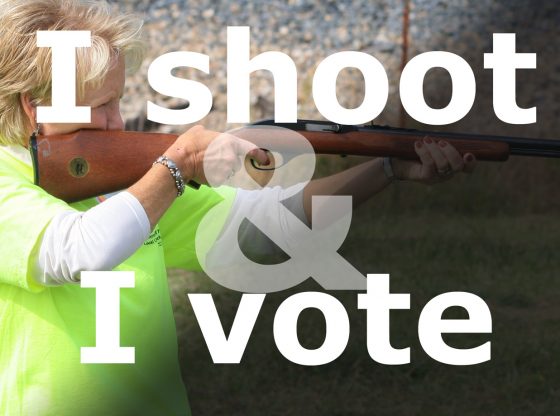Last week four young Queensland Police members in their 20s were ambushed in rural Queensland by criminals using methamphetamines and holding no Queensland Firearms license. Two constables, Matthew Arnold and Rachel McCrow, were brutally shot and murdered. Two more were viciously pursued and injured. The tragedy is immense, and people around Australia are rightly outraged.
The political and media clamor for a National Firearms Register (TM) has reached fever pitch. The implicit suggestion from political leaders is that a National Firearms Register would’ve saved the Constables.
We’re going to ask the uncomfortable question: would a National Firearms Register realistically have prevented what happened in Wieambilla? Could it save Constables Arnold and McCrow?
Police approaching a property involving a missing person
The answer to this question rests the possible steps the QPS could take when approaching a rural property in a missing person case. The QPS Commissioner, Katarina Carroll, has already spoken:
Queensland Police Commissioner Katarina Carroll has said a “full risk assessment” was done by the officers who were “comfortable” with the situation.
The content of a “full risk assessment” is somewhat unknowable. Firstly, because QPS haven’t told us, but second, because we are not permitted to obtain that information under Queensland’s Right To Information Act. The Act prevents the public from knowing the contents of agency risk assessments in such situations (and this is so that criminals cannot ‘game’ a risk assessment).
However, we do know a number of critical facts surrounding the risk assessment:
- The four constables were junior police members, being in their 20s.
- The four constables were from a police station and were supervised by a duty sergeant. The station itself is almost certainly run by a commissioned QPS officer (Inspector or more likely greater).
- Queensland Police were referred to this matter by NSW Police.
- NSW Police, through the firearms registry they operate, would’ve had full access to Nathaniel Train’s registered firearms history.
- Queensland Police had collected extensive complaints about Nathaniel Train’s border crossing 12 months ago.
- Queensland Police has a hefty counter-terrorism unit, including many illustrious staff formerly of Weapons Licensing Branch (hello Clayton), who could have evaluated the potential for such border crossings to coincide with the potential for radicalisation and domestic terrorism.
Questions arising from the facts
From those six known facts, six good questions arise:
- Commissioner Carroll: were the four constables left to conduct the “full risk assessment” alone and with no intelligence from NSW?
- Was the duty sergeant part of the “full risk assessment”, in light of the constables’ inexperience?
- What did NSW Police bother to send to QPS?
- Were NSW Police able to draw anything useful from their shambolic firearms registry?
- What happened to the border-crossing complaint data from 12 months prior?
- Did our good friends at counter-terrorism know/do/contribute anything?
At the end of this litany of disjointed data, we have four constables, two now tragically cut down. Let’s suppose they were conducting this “full risk assessment” on their own. Firearms licensees are typically stored and searchable in Crimtrac (a little known fact) under the guise of NFLRS.
NATIONAL FIREARMS LICENSE AND REGISTRATION SYSTEM
The National Firearms License and Registration System (NFLRS) was developed in response to a recommendation of the Australasian Police Ministers’ Council…
Did the constables search the missing person himself, Nathaniel Train, in Crimtrac or its successor? Would they search Nathaniel Train against a National Firearms Register? If so, would the NSW Firearms Registry even have been able to offer anything up to the National Register? Did the reference from NSW Police to, ultimately, the four constables, not contain Nathaniel Train’s firearms history?
We suggest it is very unlikely a National Firearms Register would’ve magically bridged the data and risk assessment gaps that led to this tragic outcome. A National Firearms Register would not have saved the constables.
The smell coming off this episode are that there are severe process, practice and data gaps in the “full risk assessment” that Commissioner Carroll stands fulsomely behind. If you look it at it one way, it’s almost appears as though Commissioner Carroll could ascribe blame to the Constables for their own deaths because they themselves conducted the “full risk assessment”. Maybe that’s how the QPS hierarchy sees it. Who knows? Gosh, we hope we aren’t accidentally foreshadowing a defensive line taken by QPS hierarchy in the inevitable Inquest.
It is much easier to wish for a magical National Register than face any systemic problems that might be revealed by honest answers to the six questions above.
It took a NSW Coronial Inquest to reveal the deficiencies in the NSW Firearms Registry. It’ll probably take a Queensland Coronial Inquest to reveal the deficiencies here.
Best of luck, Commissioner Carroll. After the last inquiry, you’ll need it.

